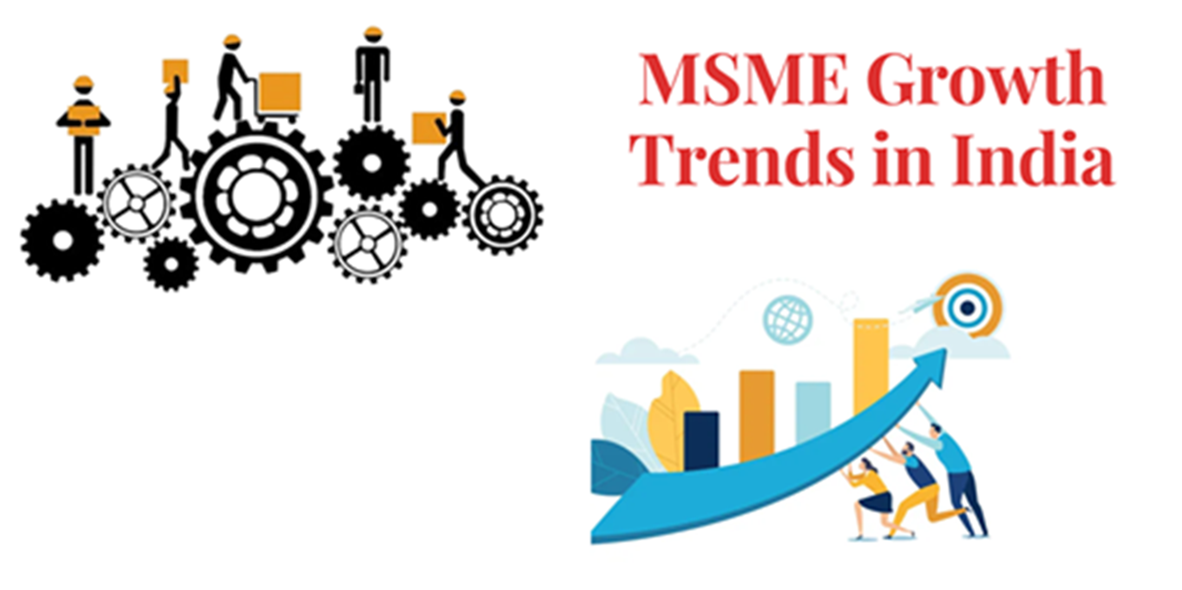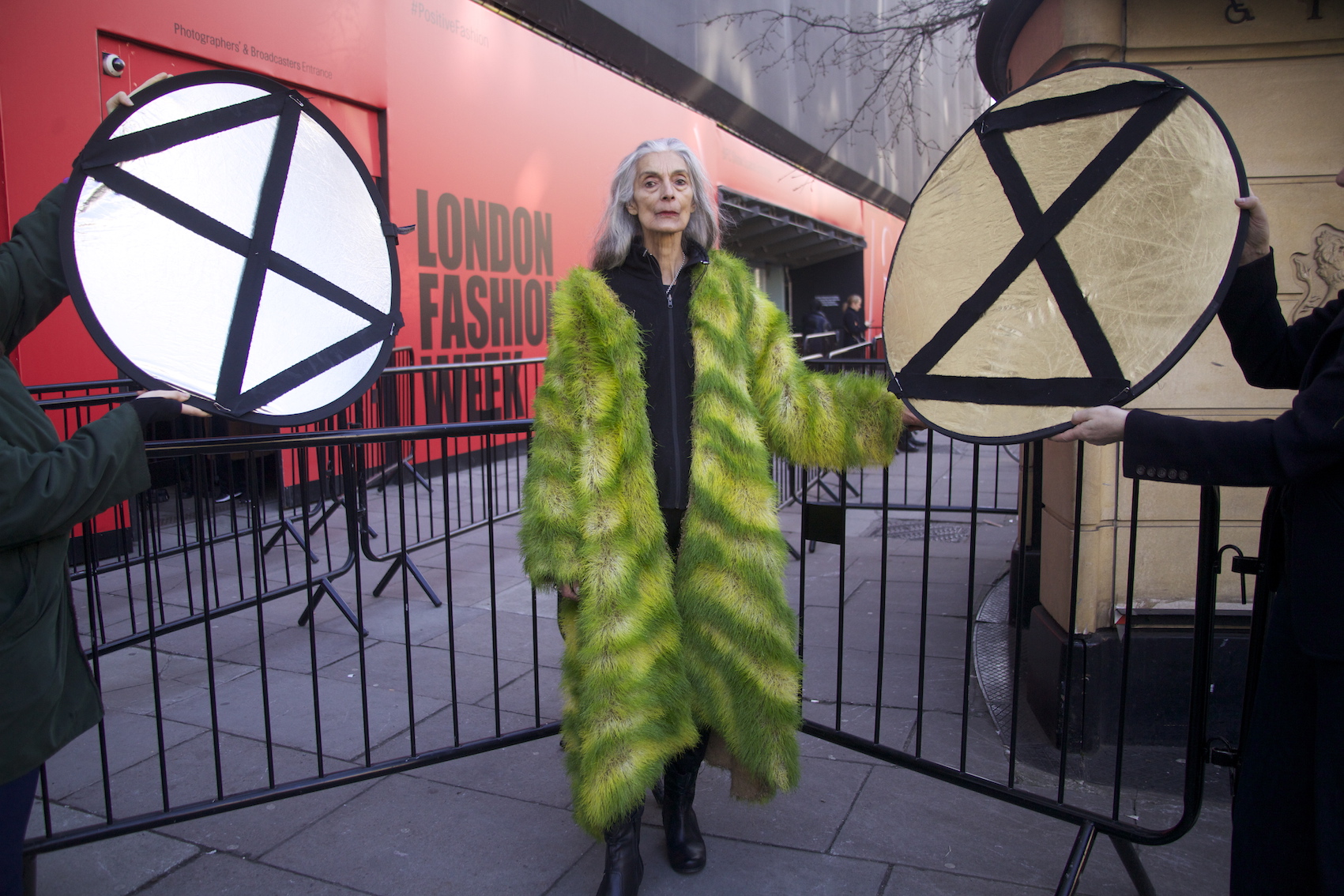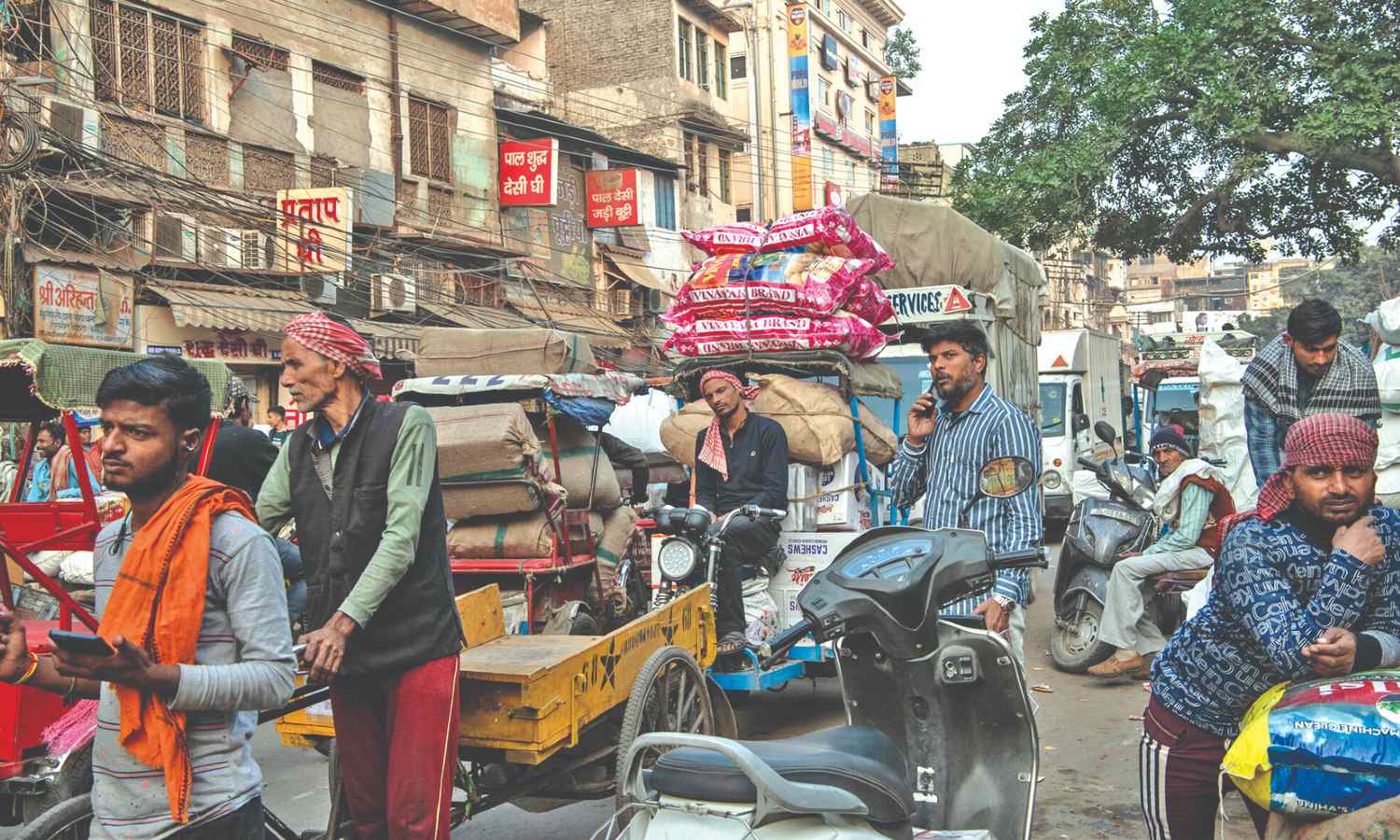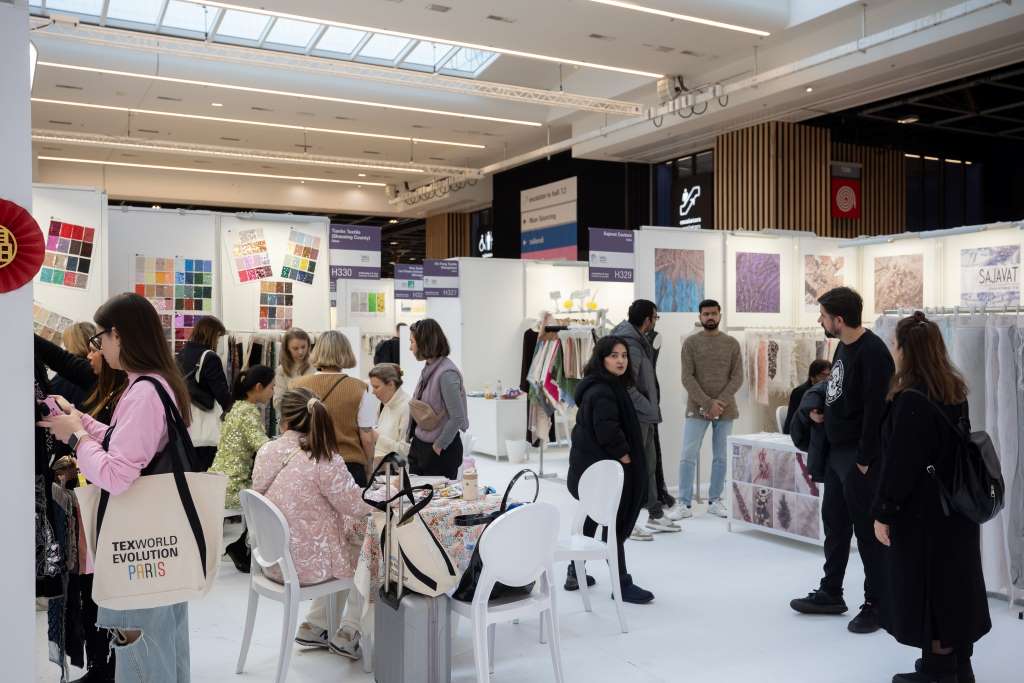FW
Demanding higher wages and bonus, a section of workers at textile major Arvind Ltd’s Santej manufacturing facility went on strike recently. Workers were at the company’s woven and knits division abstained from work and the state government’s labour department said that around 6,500 workers had gone off work. Company officials, however, claimed that the number of striking workers was not more than 1,000. D V Prajapati, a government labour officer said that approximately 6,580 workers had gone on strike at Santej plant of Arvind Ltd. Demanding a rise in wages.
However, Textile Labour Association (TLA) were not supporting the strike. Amar Barot, General Secretary, TLA, said that the agitating workers were demanding average salary should be increased to Rs 20,000 per month from the existing Rs 13,000 besides bonus of Rs 10,000.
In a statement, the company termed the strike as illegal saying they had tried to speak to the workers personally to persuade them to return to work, but all efforts were unsuccessful. The union, Majoor Mahajan Sangh, Kalol, that the workers are affiliated to, has also not authorised the agitation, stated the company. A company official said that the agitation had affected production.
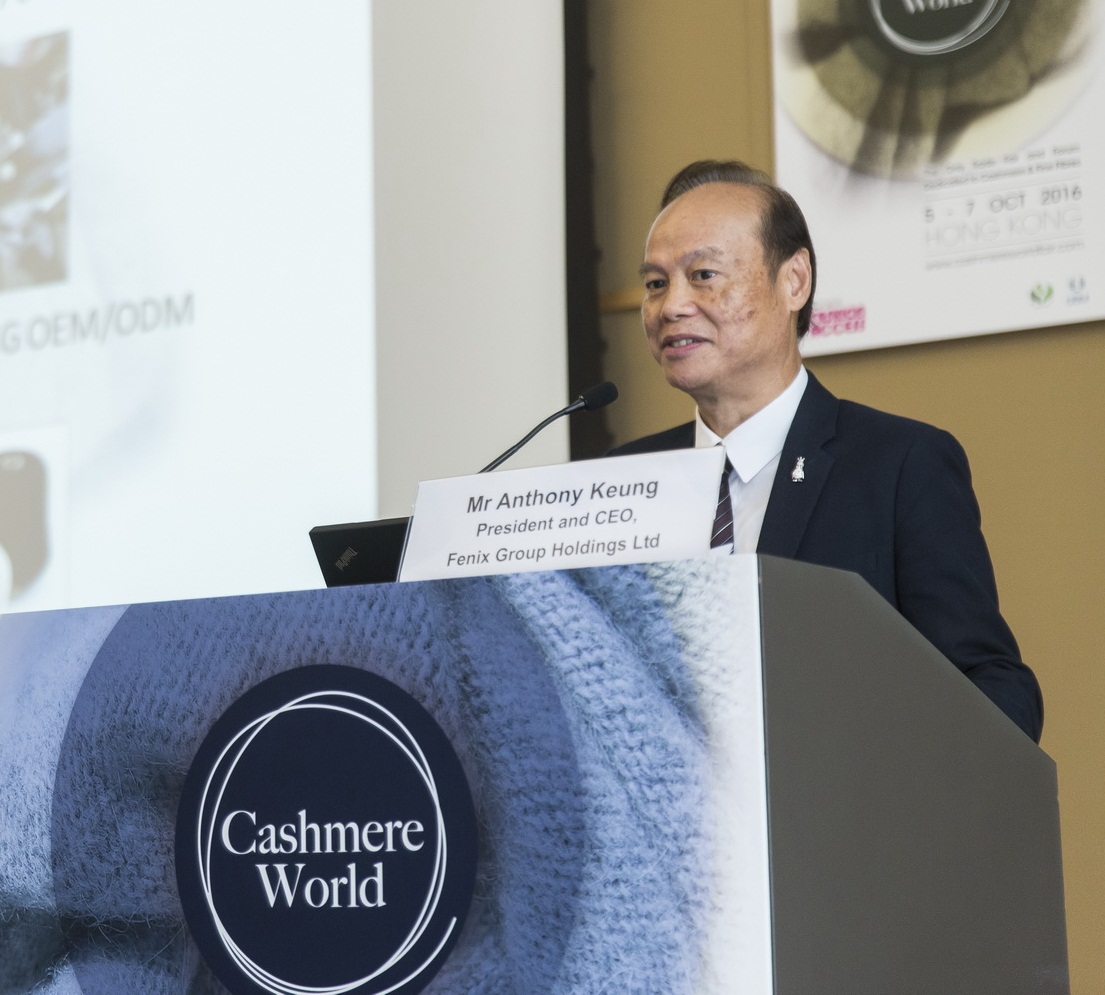
Luxury market on the rise
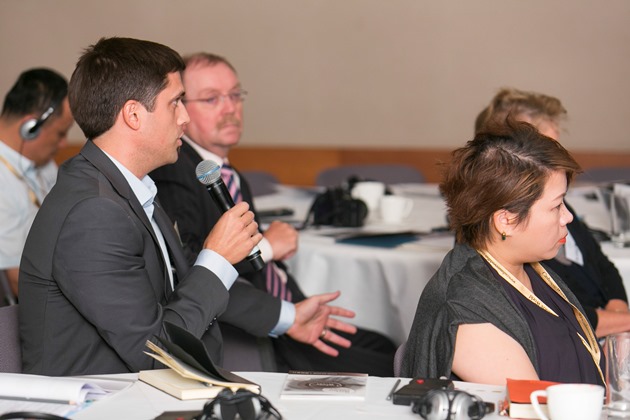
The forum covered various topics like the issues faced by the industry—from the supply of raw material and consumer demand to retail strategies and new technologies applied to animal fine fibres. Speakers from across the globe put forth their views on the issues facing the industry. Networking and sharing of benefited everyone at this action-packed event
Anthony Keung, President and CEO, Fenix Group and an industry veteran gave the keynote address. He spoke about the future economy of China and the luxury market quite optimistically. As per studies the Chinese luxury market has grown over the years and with a huge customer base which is forecasted to grow further over the years. However, a fundamental shift is being seen in the region’s luxury market, due to evolving customer dynamics, economic slowdown, and an influx of new, emerging luxury labels
Nearly 45 percent of respondents plan to buy more emerging luxury brands in the next three years, as per a recent survey by Bain & Company. This is good news for upcoming cashmere and fine fibres enterprises such as Afghanistan-based Qaria, Belgium’s Madame Seguin and Tibeto-Italian Myak, who introduced their products at the forum’s exhibition floor
Luxury e-commerce is another fundamental shift, which is on the rise. Thibault Villet, CEO, Mei.com, said he expected online sales of luxury items to double from 6 to 12 per cent by 2020 as per a McKinsey survey. The total luxury online sales is said to double to 18 percent and be worth about €70 billion annually. According to the survey, this would make e-commerce the world’s third largest luxury market, after China and the US
New trends on the anvil
The increasing use of fine fibres for performance yarns used in the production of technical garments is another trend that is catching up. Luciano Bandi, Baruffa’s Managing Director, Sales introduced the H2Dry, a technical treatment developed by the Zegna Baruffa laboratories that makes yarns breathable, elastic and uncrushable. Bandi, however, said that whatever the level of technology and science involved in the production of yarns, what matters first and foremost is the quality of the raw material
Sustainability was another important topic discussed at the forum. Speakers from Nepal, Mongolia, India, Afghanistan, among others discussed sustainability issues. The general consensus was that producing 100 per cent sustainable fine fibres is challenging and that more should be done in this direction
Andrea Dominici, CEO, Myak said the impact of breeding of animals on grassland is measurable and relatively easy to evaluate and control. However, he added, controlling the impact on rest of production process is a demanding and testing task. Overall, most customers across the world are now concerned about the quality of garments they purchase over their price, and express interest about companies’ active citizenship and corporate social responsibility
Overall, it was found that most customers all over the world are now concerned about quality of the garments they purchase over their price, and express interest about companies’ active citizenship and corporate social responsibility.
Hosted by the Cashmere World trade event, Cashmere World Forum 2015 brought together about 20 speakers from across the industry and more than 60 delegates from across the globe
India is exploring investment and sourcing opportunities in Bangladesh’s textile and clothing sector. One area India is interested in investing in is the stitching and spinning sub-sectors of Bangladesh. Bangladesh is looking for investment in the backward and forward linkage industries, where it is lagging behind. It wants Indian businesses to set up industries and manufacture high-end and diversified products like suits, lingerie, design and manmade fabrics. The country would also welcome a fashion designing center.
Bangladesh has a strong capacity in producing cotton fabric. It wants foreign investors to set up non-cotton fabric-making units like polyester, filament, design fabric or other manmade fabrics as there is a huge opportunity to invest in these areas.
There is a special need for investment in the weaving sector as weavers in Bangladesh cannot meet the demand for fabrics due to inadequate production capacity. While spinners are able to supply 90 per cent of the yarn needed for the knit sector, weavers can meet only 40 per cent of the demand for fabrics in the woven sector.
Bangladesh has a plan of making garment products using Indian fabrics and then exporting the finished products to the world. Bangladesh exported apparel products worth 104.25 million dollars to India in 2014-15 fiscal year.
World cotton production in 2015-16 is expected to be 10 per cent below the previous year’s levels. Global harvested area in 2015-16 is expected to be 8 per cent below 2014-15, the lowest since 2009-10. For China, 2015-16 cotton production is forecast at 16 per cent below 2014-15 and the lowest crop estimate since 2003-04. The smaller crop stems from reduced incentives to plant cotton nationally and lower Xinjiang yields resulting from adverse weather. For Pakistan, 2015-16 production is projected at 10 per cent below the previous season, as pest problems are reported to have reduced the cotton crop.
For India, the world’s leading producer in 2015-16, production is forecast at 29 million bales, 5,00,000 bales below last season lower area and a higher yield will keep India’s crop near the five-year average.
Global cotton mill use is forecast to rise less than two per cent in 2015-16. Despite a fourth consecutive annual increase, cotton continues to face strong price competition from manmade fibers; the battle for fiber share in many apparel products is expected to limit cotton mill use growth once again in 2015-16.
While cotton consumption improves slightly in 2015-16, cotton trade is forecast to decline for the third consecutive season.
Indian clothing industry exports have grown on an average by 10 per cent a year in the course of the last decade. In addition to accounting for 4.5 per cent of international textile trade, India is becoming one of the largest consumer goods markets in the world. Valued at $58 billion a year, the Indian domestic textile and apparel market is expected to reach $141 billion by 2021.
The objective is to reach $24.9 billion in clothing exports by 2020, compared to $16 billion last year. This vast potential has led to the establishment of a first textile university project, which will come up in Gujarat. The growth of Indian clothing exports will be sustained by the expansion expected in world clothing trade and partly due to the rupee’s depreciation.
Readymade garments were the largest contributor to total textile and apparel exports from India in financial year ’15. The segment had a share of 40 per cent in overall textile exports. Cotton and man-made textiles were also major contributors with shares of 31 per cent and 16 per cent respectively.
However, the withdrawal of focus market scheme for cotton yarns has caused a steep decline in exports to non-conventional markets like Peru, Morocco etc.
Germany and Turkey plan to collaborate in textiles sector. The focus will be on technology fields of nonwovens, clothing, decoration, coating and environment. Another business area will be testing services. The aim is to strengthen mutual partnership through joint development projects, exchange of know-how and promotion of commercial and academic training.
The German textile machinery sector is Turkey’s main technology partner. The long tradition of German-Turkish cooperation will be strengthened and further expanded. A common research and development centre will be set up in Istanbul, Turkey. In the facility in Istanbul, partners and industrial customers in Turkey will be acquired, supported and involved in joint development projects. In addition, German and Turkish companies will be assisted in the development of markets in each other’s country. The transnational co-operation will be supported in particular through intensive partnerships with industrial associations, universities and research institutes in Turkey and further expanded.
With a focus on higher quality, the creation of brands as well as development of technical textiles, the Turkish textile industry is getting ready for future challenges. The Turkish textile industry is interested in using German technology to cope with the tough competition from Asia.
Brussels recently hosted the Tripartite Social Summit, which focussed on jobs, growth and convergence in Europe. While Jean-Claude Juncker, President of the European Commission participated in it and Klaus Huneke, Euratex Vice-President Treasurer, spoke on behalf of the textile and clothing industry.
In his speech Huneke said one of the largest consumer goods sectors in the world is the textile and clothing (TC) sector and the EU TC industry is a leader in world. More than 30 per cent of the exports to the world comprise of EU while the EU Single Market is also one of the most important in terms of size, quality, and design. Over 170,000 companies, with more SMEs are a part of the industry and they provide employment opportunities to 1.6 million workers, majorly women.
The industry is diversified—from fibres to clothing and technical textiles, within which there are further sub-sectors and they have some common interests and diverging in some other cases on industrial needs. National and European Social Partners have played an important role with regard to this over the years.
Huneke pointed out EU Social dialogue is a fundamental tool to support sustainable development of the TC industry. EU Social Partners welcomed the announcement about strengthening of social dialogue and greater involvement of the social partners. He feels that the European Commission should reaffirm and respect the role of independence of social partners in consultation procedures on social legislation and also ensure that they are fully involved topics specifically relevant to their industry. Appropriate processes need to be in place to ensure the requirement of sectorial social partners’ input in the entire process of the European Semester.
Indorama Ventures, one of the world’s leading petrochemical producers and a leading global manufacturer of PET resins, fibers, filaments and wool yarns plans to add 15,000 tons of extrusion-based fiber spinning capacity to Auriga Polymers. Its products serve major players in diversified end use markets, including food, beverages, personal and home care, health care, automotive, textile and industrial. The company acquired a manufacturing site Auriga Polymers in South Carolina, US, in 2011. ndorama.
For several years, Auriga Polymers has been broadening its polyester staple fiber offering to fast-growing nonwoven fabric industry. With this new expansion, Auriga will be able to produce fibers based on environmentally-friendly polymers such as PLA as well as specialty polyester and post-consumer recycled polymers.
Thailand-based Indorama Ventures portfolio comprises the Necessities and High Value-Added categories of polymers, fibers and packaging. The company is positioned among the lowest cost polyester chain producers in the world. It is the largest PET producer in the world.
Indorama Ventures’ business consists of three key verticals - feedstock, PET and fibers and yarns. In a proactive move towards maximising its value chain and operational synergies, Indorama Ventures has expanded its PET and polyester businesses in recent years.
www.indorama.net/
Small and medium sized hosiery manufacturers in India have raised concerns over the introduction of an anti-dumping duty against imported polyester yarns from China or Thailand. Although the duty has been imposed to provide relief to local producers from an influx of cheap raw materials, small-scale hosiery manufacturers have expressed fears that businesses could be adversely affected.
One effect of the loss of cheap yarn is that hosiery manufacturers will be forced to bear the brunt of the increased costs of raw materials rather than passing on the higher costs to consumers. Thousands of manufacturers who were earlier procuring yarn in bulk from China and Thailand will now be forced to buy it in Indian market on higher rates, the effect of which subsequently be transferred to the consumers.
These manufacturers feel prices of hosiery products will see a rise but at the same time the move by the government will discourage unhealthy competition. The move apparently seems to be guided by the ruling government’s make in India plan where it encourages the purchase and selling of finished goods and raw material prepared indigenously.
The anti-dumping duty will be effective for a period of five years beginning October 21, 2015.
The German trade fair organised by Messe Frankfurt dedicated to textiles and home textiles, Heimtextil will be held on January 12 to 15, 2016.
In 2015, there were 2,723 exhibitors, and in 2016, the number is expected to rise. Decorative fabrics and furnishings, including textiles for furniture and decoration and digital printing, the latter in international growth for its applicability also to home textile, will be displayed at the roof. Also, there will be a conference titled, 'European Digital Textile Conference by WTiN'.
The focus will be on area trends, which will stress the importance of well-being. Thus, there’s a theme park too. Helen Sac WGSN said that wellness is the new luxury and the focus for a growing number of companies is well-being, which is why they chose it as the theme of the Park.
Olaf Schmidt, Vice-President Textiles & Textile Technologies, during a presentation to the press about the fair, presented data from an industry in Germany, which after a dip of two years (2012-2013) is growing again. In 2014, in fact, the textile market turnover reached 10.1 billion Euros (+ 20 percent on 2013) and continues to grow in the first half of 2015 with a 2.4 percent to 5.2 billion. Exports in 2014 (+ 3.9 percent) compared to imports, were up 4.3 percent, and by June this year, exports grew by 3.2 percent and imports recorded a + 6.3 percent. Schmidt said that the trend of returning to growth made them optimistic for the coming months.
www.messefrankfurt.com


